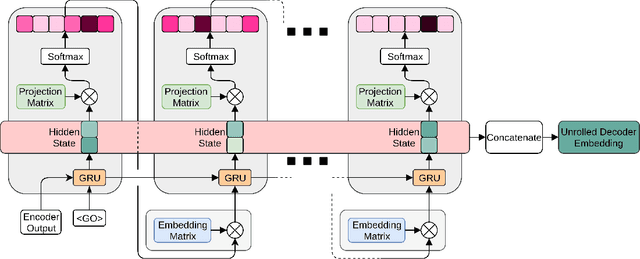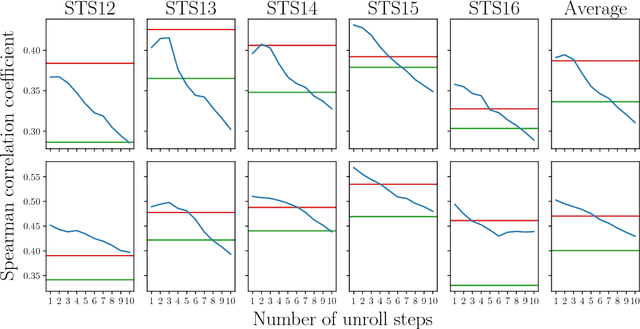Decoding Decoders: Finding Optimal Representation Spaces for Unsupervised Similarity Tasks
Paper and Code
May 09, 2018



Experimental evidence indicates that simple models outperform complex deep networks on many unsupervised similarity tasks. We provide a simple yet rigorous explanation for this behaviour by introducing the concept of an optimal representation space, in which semantically close symbols are mapped to representations that are close under a similarity measure induced by the model's objective function. In addition, we present a straightforward procedure that, without any retraining or architectural modifications, allows deep recurrent models to perform equally well (and sometimes better) when compared to shallow models. To validate our analysis, we conduct a set of consistent empirical evaluations and introduce several new sentence embedding models in the process. Even though this work is presented within the context of natural language processing, the insights are readily applicable to other domains that rely on distributed representations for transfer tasks.
 Add to Chrome
Add to Chrome Add to Firefox
Add to Firefox Add to Edge
Add to Edge